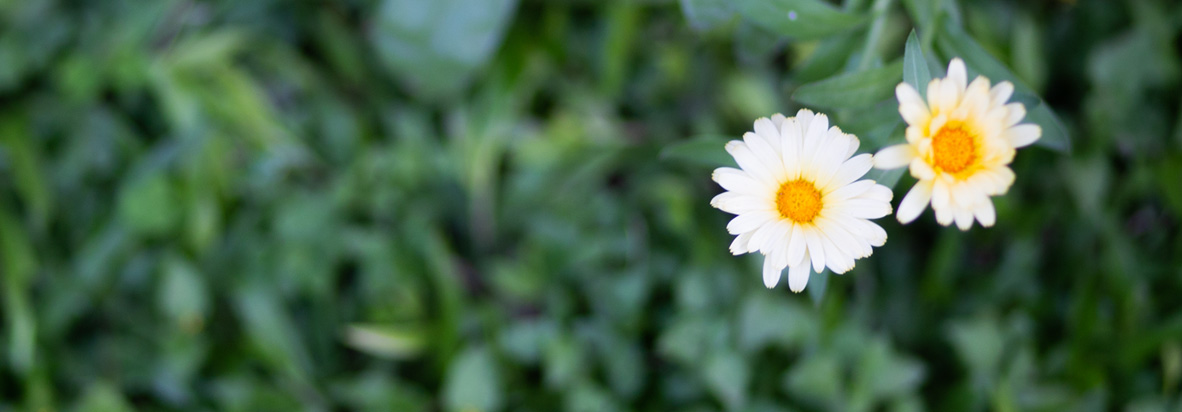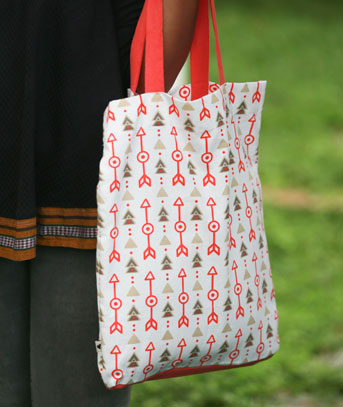- PRIVACY POLICY
- About
- All Categories
- Areca Palm
- Best Sellers
- Blog
- Bulk Orders
- Cart
- Chat with us
- Checkout
- Collections
- Contact For Bulk Order
- Corporate Gifts
- Cotton for a cause
- Covid-19 Update
- Customer Reviews
- Customised Curtains
- Customize
- Diwali Sale
- Edit Order
- explore
- Export Customer file for Facebook
- Feedback
- Furnish Your Dream
- Furniture
- Get in touch
- Gift Cards
- Holiday
- Home
- Home old
- Home1
- International Orders
- Kitchen and Table Best Sellers
- Limited-Time Deals
- Linen
- My Account
- My Gift Card
- New Arrivals
- Payment Policy
- Returns and Cancellation Policy
- review
- Sale
- Sale Category
- Sale Today
- Shipping Policy
- Shop
- Shop the Look
- Subscribe
- Support
- TERMS & CONDITIONS
- test page
- test page
- Thank you
- Thank you
- Thank you
- Thoppia Best Sellers
- Track Order
- Verification
- Weaver’s Diary
- Wishlist
International Shipping Available: For details, click here.
Free Shipping: Domestic orders (within India) above ₹999 | International orders above $89.
New User Offer: Use WELCOME200 to get ₹200 off on Subtotal above ₹2999* (India only).
Prepay and Save: Enjoy extra discounts with prepaid orders.**(India only).
THOPPIA500: ₹500 off on Subtotal above ₹12,499*** (India only).
THOPPIA1000: ₹1000 off on Subtotal above ₹24,999*** (India only).
A guide to Eco-friendly Living – Changes you can make to live an eco friendly life
The World we know, brings us such joy on a sunny morning and puts us off when things like climate change and global warming are alarming its survival. But questions like what can I do? and how big of an impact can I make? Are something that everyone is asking. The good news however is […]

The World we know, brings us such joy on a sunny morning and puts us off when things like climate change and global warming are alarming its survival. But questions like what can I do? and how big of an impact can I make? Are something that everyone is asking. The good news however is that there is hope if we act now. Every little act of kindness towards our environment, seen or unseen contributes to a healthy world tomorrow. Which perhaps our children will get to see if not in our lifetime.
When we care for the world, the world cares for us
There are so many different ways in which we can be the agents of change in our little spheres of influence. Be it bringing awareness amidst our neighbourhood or participating in ecological drives. We can do a lot to help the environment. I am sure we would enjoy a nice boat ride in clean waters, or a stroll in a lush green path. And there are places like these that are so beautiful just a stone’s throw away. We can just look around our surroundings and see so much potential around us. Things will get better for sure, however they start from us, they start from home… Here are some ways to start small at home for a big bright world tomorrow.
Curbing Air pollution
Amid all the choking polluted roads in India, the need to switch to electric vehicles has been a perpetual cry of many. Till a time when cars that run on water become a reality, which isn’t too far either. We can make a difference in switching our set of wheels to an eco-friendly, electric vehicle. And by choosing a car that gives out lower emissions than others. We don’t only enjoy a comfortable commute but also become the agents of change to the environmental air pollution.
Fighting Plastic

Now with a ban on single use plastics, the growing need for an eco-friendly alternative has always been on the rise. Well, this is how you can make a difference in this sphere. Carrying your own bags for your groceries or shopping is sure to help curb pollution caused by single use plastic bags. Which either end up in a landfill for thousands of years or cause harmful pollutants in the air for being burnt. And here’s a simple solution to avoid these single use plastics. Look around and either find a bag at home to carry stuff or invest in a nice tote bag from Thoppia. Tote bags are a great replacement for this ecological menace and puts you at a better place in the spectrum of solutions.
Saving Paper
Did you know that everytime a ream of paper is used up, a 22ft tall tree is cut down? Alarming isn’t it? One of the main reasons for cutting down trees is the production of paper. The answer to such a problem is to simply reduce the use of paper. And how to do that is to recycle, reevaluate and restrict. Recycling used paper instead of trashing them is a good way of caring for the environment. Sometimes we get so caught up and misuse paper by printing it only on one side, reevaluating this practice and making sure we use both sides is something we can think through. Also making sure that we print paper only when it is deemed necessary will definitely bring down the utilization of paper and in turn deforestation.
Clever Lighting & Conserving Resources
The use of electricity has become the norm both in the rural and urban setup. The primary source of generating electricity has been by burning coal and other fossil fuels. Which, not only emits harmful pollutants in the air but also depletes our non-renewable resources. Reducing the amount of power consumed at home could help in slowing down the depletion of coal and other fossil fuels. Designing homes for natural lighting could possibly reduce the use of electricity during the day. Using solar water heaters to heat water could be a step further to conserving energy. By reducing the cost of heating water for hot showers, and implementing clever lighting solutions, the money saved over the long term is quite significant and also energy saving.
Cleaning with Cloth
Speaking of paper. At homes, the use of a kitchen cloth over paper towels helps reduce the cutting of trees for paper. Using kitchen cloths to clean up after cooking, is a fine replacement for the regular paper towels. A helpful tip, is to make your own kitchen cloth by recycling an old piece of clothing that you don’t fit into anymore. You can cut them to different sizes for different purposes, that way you don’t have to spend money on paper or on the kitchen cloth itself. Consequently, you are sure to end up with a smile on your face for being part of the change.
Being Water Wise
The depletion of water has been a problem for many years now. We can take little steps to save it by simply installing a rain-water harvesting unit at home. And also using recycled water for flushing toilets or irrigating your little garden and plants are some ways of becoming a water savior. Showering instead of baths in a tub or bucket baths instead of showering are things that we can do wisely decrease the consumption of water while taking a bath. Turning off the tap while brushing your teeth is another little tip that might seem small but goes a long way in saving the environment.
Waste Management
One of the most common and easy ways to take the plunge of sustainable living is to simply start by segregating waste. There are so many things that we bin before actually taking a second look for its reuse or up-cycle. Take for instance old wine bottles, we don’t even give a second thought to trashing them. Though they are potential decorative items at homes and restaurants. Giving away recyclable material to the recycling mart rather than to mix it up with other waste is a wise move of sustainable living. Separating the dry and wet waste helps speed up the recycling process and goes a long way in avoiding the contamination of landfills. And in case you are someone who enjoys gardening and has plants around the house. Wet waste can be your go-to ingredient to make compost for your plants at home. Recent innovations in waste management technology have brought out durable material that is made out of waste itself. Using these cleverly designed materials brings a full cycle to the balance in nature and reduces the consumption of natural resources. Which in turn reduces the amount of waste that is generated.
Using Sustainable Material
We are often drawn to get the best of things for our home. Leather and marble from Italy, wooden furniture made of teak, and so on. Some homes settle for low-cost materials at home by adopting objects made of plastic. However, using sustainable material for your home is the new mantra. Sourcing locally and purchasing durable material will not only save you money in the long run but also take away a great deal of environmental stress off of the planet. Durable organic materials like cotton, jute, bamboo, and clay are some of the best alternatives to plastic that contribute to the well-being of the planet.
Be the Agents of Change
The cost of environmentally friendly materials or fittings for your home might be expensive initially. However, the long-term savings will far outweigh the initial cost. The cost of living is rising, so be conscious of your decisions in the home and save our planet. A practice toward saving the environment today will become a habit tomorrow and make you a recipient, of a clean and green environment. So why wait, let’s start now. Change is good when it starts at home. Maybe you could start with one little thing today, and who knows how big of an impact it could bring in the neighbourhood and the world around us? Just like the saying – “little drops that make a great ocean”, the little changes we make today will bear great fruit tomorrow.
So act, and become the agents of change that we need today. Live an eco-friendly life that leaves a legacy for generations to follow. Happy Eco-Living!





